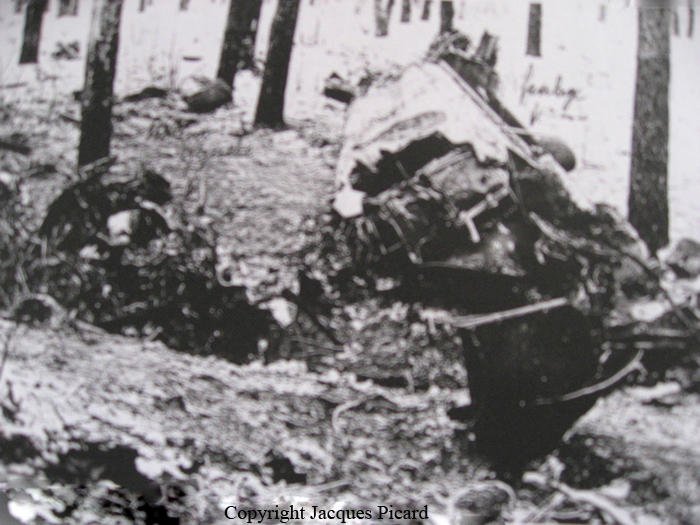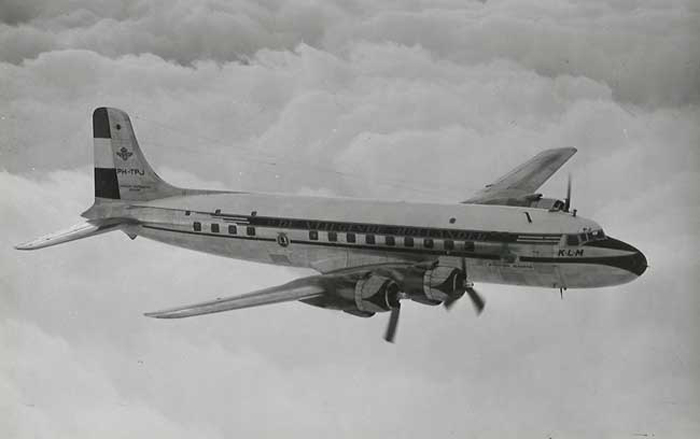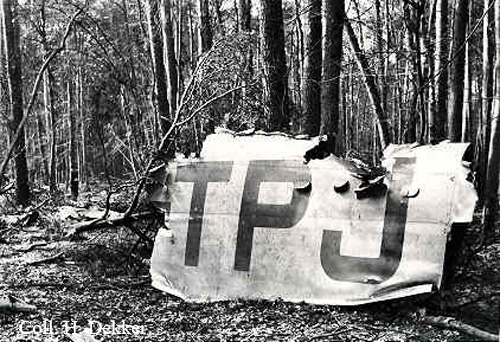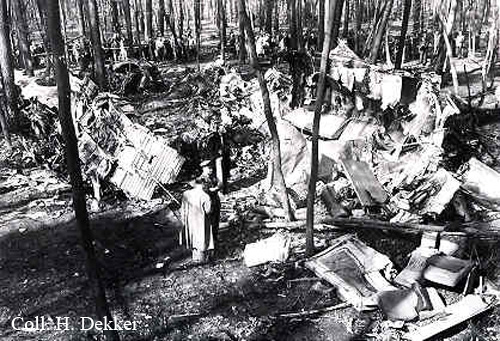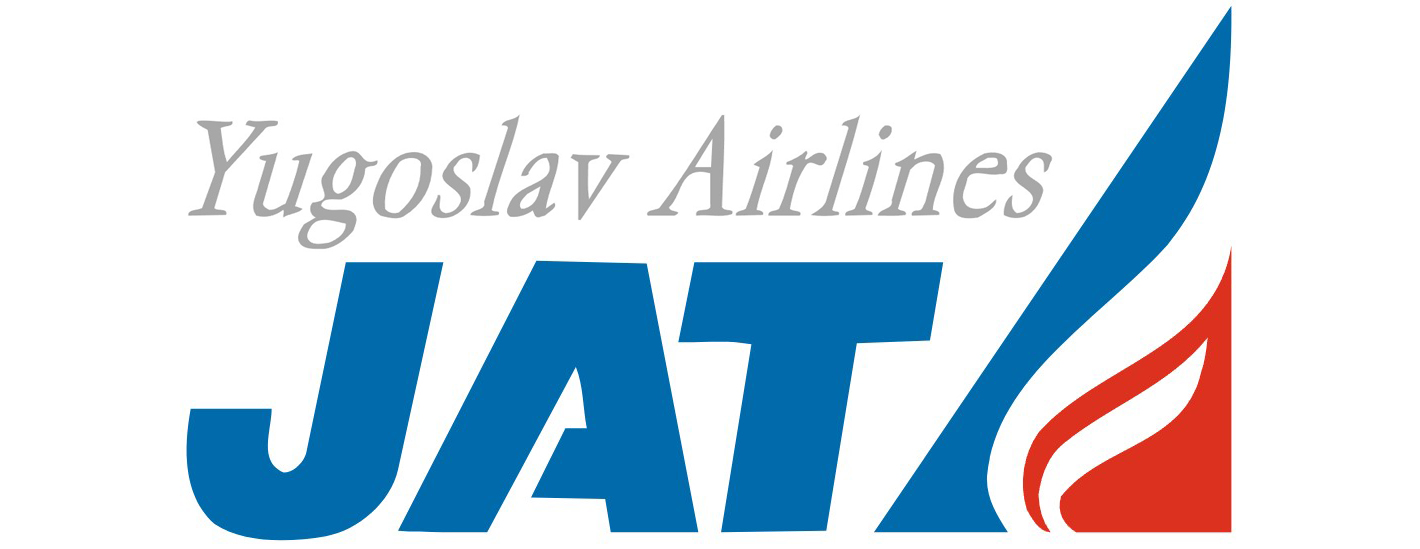Crash of a Beechcraft UC-45H Expeditor in Berlin-Tegel: 7 killed
Date & Time:
Feb 17, 1953 at 2100 LT
Registration:
F-RAEG
Survivors:
No
Schedule:
Berlin – Frankfurt – Paris
Crew on board:
7
Crew fatalities:
Pax on board:
0
Pax fatalities:
Other fatalities:
Total fatalities:
7
Circumstances:
Two takeoff attempts were aborted for unknown reason. After the third takeoff roll, while in initial climb, the pilot informed ground about an engine failure and elected to return for an emergency landing. While completing a last turn to the right to reach the approach path, the aircraft banked right, stalled and crashed in flames in a wooded area located two km short of runway threshold. The aircraft was destroyed upon impact and all seven occupants were killed.
Probable cause:
The VHF radio analysis failed to determine the cause of the steep turn to the right during the initial climb, steep turn that was confirmed by eye witnesses and by the exam of the debris at the point of impact. It is believed that the aircraft banked right down to an angle of 90° before impacting terrain, most probably following an engine failure.
